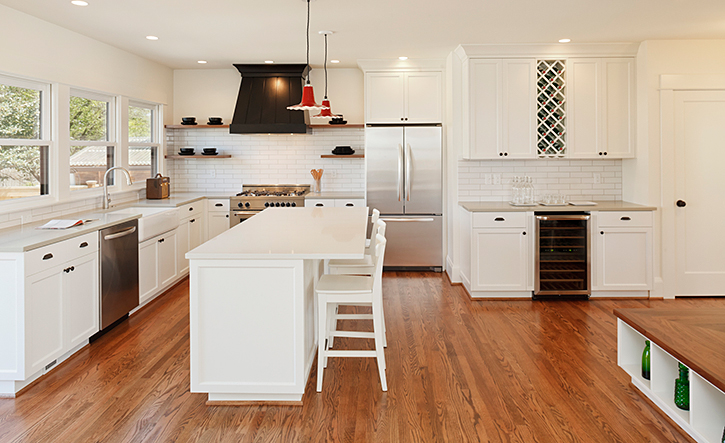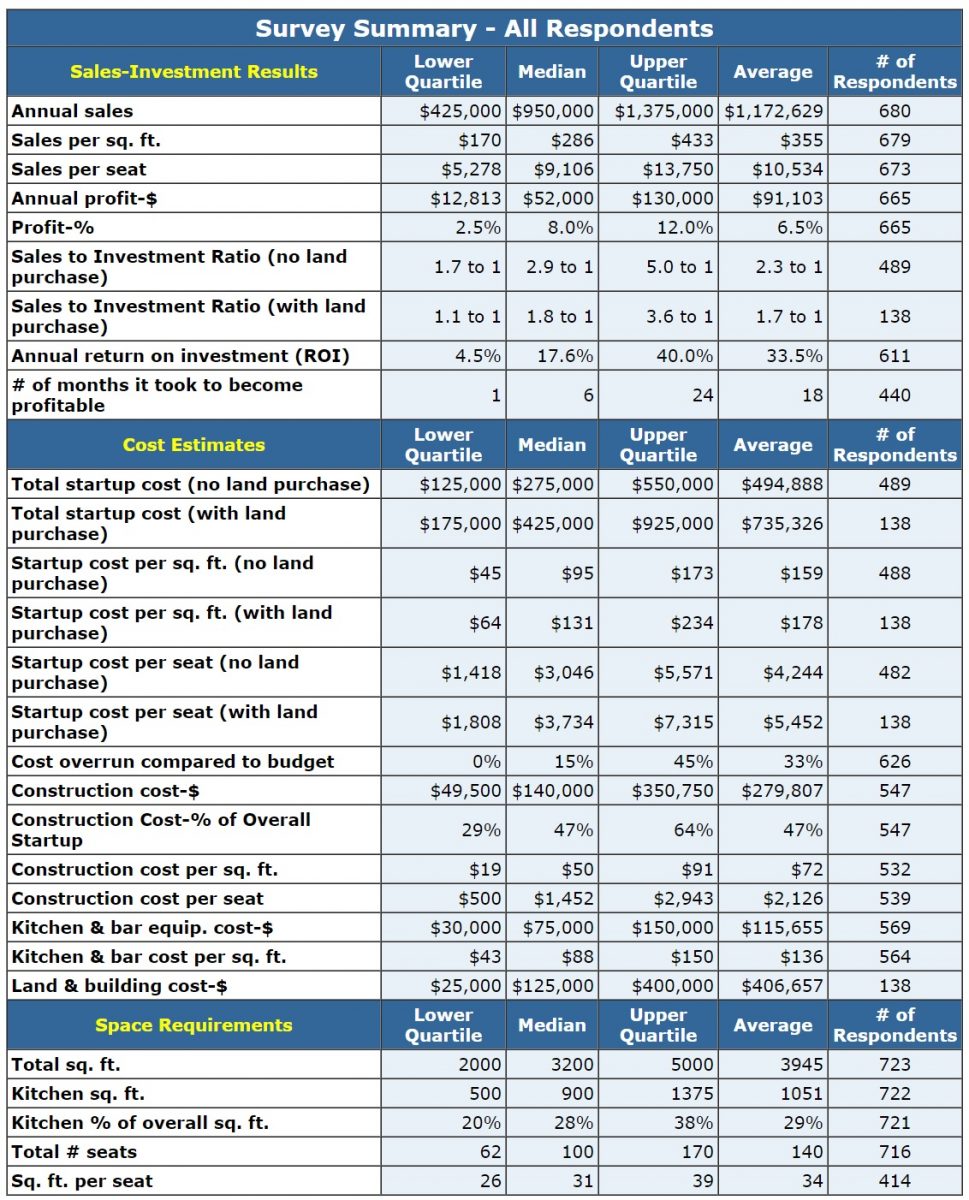Table of Content
- Benefits of Cooking at Home vs Eating Out
- ways to slow down and enjoy the holiday season this year
- Alaskans spend an average of $3,572 a year on dining out, eating out statistics from 2019 reveal.
- Reducing Our Energy Usage
- According to the latest eating out demographics, 72% of millennials go out to drink or eat at least once per week.
- Statistics on Eating Out vs Eating at Home
- Food for Thought: Antibacterial Soap
Cooking meals at home is cheaper, healthier, and is also a great activity that helps your family bond with one another. For vegetable and pasta-based meals, frankly, it’s really cheap to make them at home while meal kits still charge a lot for them. The average person spends on dining out per month around $60, according to a study by Mintel.

You shouldn’t have too many, but it’s worth bringing up. If you’re eating by yourself or with your spouse, you can cook and eat a meal in under 30 minutes at home. The Nation’s Restaurant News reported that grocery prices dropped by 0.5%. The founder of Home Cooking NY grew from culinary assistant to a graduate of Peter Kump’s New York Cooking School to food and recipe editor for Martha Stewart and the Wall Street Journal. No matter what level you’re at when it comes to cooking, there’s a class that can take you higher.
Benefits of Cooking at Home vs Eating Out
In the above list, for example, making a Cheese Pizza, Mac & Cheese, Cauliflower or Quinoa bowl is incredibly inexpensive to make at home — it only costs about a dollar per serving! However, these are the type of meals where meal kits are the worst value since you’ll be paying around $12 for them as part of the “bundle” you’re required to purchase . In the above list, for example, making a Cheese Pizza, Mac & Cheese, Cauliflower or Quinoa bowl is incredibly inexpensive to make at home -- it only costs about a dollar per serving! At current energy prices, it costs about £1 an hour to run. Once you’ve calculated the kilowatt-hours, multiply this figure by the unit cost for electricity (34p under the government’s energy price guarantee).
For a sit-down dinner, expect to spend an additional $75-$125 per person. That means a wedding with 100 guests could cost between $2,500 and $5,000 just to feed them! If you’re catering an event with more than 100 guests, remember to factor in the cost of additional serving dishes, linens, and utensils. First and foremost, cooking at home eliminates the need for expensive pre-packaged foods or fast food restaurants.
ways to slow down and enjoy the holiday season this year
To cook, or not to cook remains the question, but the thought of squandering your money away on takeouts is not exactly appealing either. The highest average bill for a meal outside the home is paid in the United Arab Emirates. Countries which spent the least on eating out were Romania, Poland, and Lithuania.

Grownups also enjoy substantial benefits from consuming home-cooked meals. According to one study, when comparing eating out vs cooking at home cost, ordering takeout from a restaurant is five times more expensive than preparing your own meal. … I’m against consuming at a restaurant when you’re deeply in debt, and you’re trying to leave financial obligation. About 80– 85% of what you spend for a meal in a restaurant has absolutely nothing to do with the food cost. Though tipping isn’t needed, it’s always valued by your personal chef and servers.
Alaskans spend an average of $3,572 a year on dining out, eating out statistics from 2019 reveal.
If you indulge in these extra courses, your evening just got a lot more expensive and a lot more unhealthy. While not everyone is going to Chili’s for dinner, that sets a good baseline for how much appetizers, dessert, and drinks cost in proportion to the restaurant’s entrees. If you indulge in all these extras, you’ll be 180% more than if you were just eating an entree, and that’s before the tip and taxes.

Australian dining out statistics from 2019 confirm that most breakfast takeouts were purchased in Melbourne, while lunch was the favorite takeout option in Sydney. However, the Spanish spend $1,931 per year to maintain their eating out habits, compared to $1,584 spent in the United Arab Emirates. Statistics on eating out vs eating at home also reveal this amounts to $117.82 per week.
Additionally, consider factors such as location, cuisine, and price range when looking for restaurants. Whether you’re cooking at home or eating out, following some tips will help make your dining experience more affordable. Professor Chef offers a private class with two chefs for six people at his location for $400, or four people for $350. Chef Eric in Los Angeles offers his 4-Week Recreational Series for $395, 16-Week Master Chef Program for $2,700, and 10-Week Master Baking Program for $1,500. A typical hob uses about 1500W – so will cost about 51p an hour to run.

Not to mention the fact that having more people with you can double and possibly triple that time too. Pork Tenderloin, one of the top money-saving meals when cooking at home from the list above. Some families have grocery budgets that are much more realistic than others. For example, a family of four may have a budget of $200 per month, while another family might have a budget of $600 per month. However, the important thing is to find a budget that works for your specific family and lifestyle.
Many restaurants offer affordable options for large groups. Alternatively, consider using bulk foods or pre-packaged foods. And all of these meals will be cooked to a level you might not be able to replicate.
A private chef is a single client’s full-time culinarian, ever present and preparing every meal of the day for one person or an entire family. Depending on the client, private chefs are also in charge of all things edible for special events or will lead teams of other household staff. The below chart shows the prices of all 86 meals we analyzed from a meal kit service, a restaurant, or making it at home from scratch. It may be easy to think that you’re getting your money’s worth because of the large portions at restaurants, but most people overeat because we’re used to clearing out plates. This puts you at a higher risk of obesity, heart disease, diabetes, etc. due to overindulging instead of eating part of your meal and taking the rest home with you.

No comments:
Post a Comment